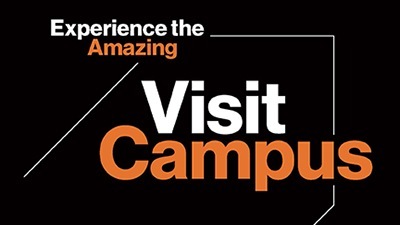PLAY Lab Current Research Projects
- RIT/
- Perception, Language and Attention in Youth (PLAY) Lab
Parent Attitudes about Play Study
Children’s play may provide cognitive advantages for them, especially when parents engage in play with their children, but not all adults believe that play leads to learning, and not all parents engage in the same play behaviors. How does this impact children’s cognitive development? Using surveys, we examine cultural differences in attitudes about play in parents who live in different geographical regions and parents who have hearing or deaf children.
Exploratory Behaviors Museum Study
Using video recordings and body movement sensor recordings, we initiate a new study, funded by the James S. McDonnell Foundation, on how deaf and hearing preschoolers explore novel objects via touch, for the purpose of play and learning in the classroom. We test the hypothesis that quality and quantity of tactile exploration and play might later predict word learning. Learn more




